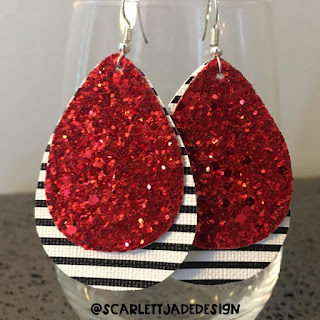Graphing is so much fun! If you don't agree that teaching graphing is a lot of fun, my hopes are that this post helps you! We started graphing before Christmas break, and then we will finish up graphing the 3 days we return to school after break.
We kicked off our graphing unit by talking about ice cream. Automatically the kids were excited!! I used a giant sheet of butcher block paper (is that what other people call it too?!?!). We discussed different kinds of ice cream flavors, and then I just chose 4 for them to vote on. We did a notice and wonder and discussed our graph. I encouraged students to think about what kinds of questions could we ask that we could answer by looking at our graph, such as Which flavor got the most votes? Or how many more votes did vanilla get than strawberry? Or how many students voted for Mint chip and chocolate?
The next day I made a graphing template, so I wouldn't use as much butcher block paper over the course of our unit.
We voted on our favorite Christmas song. I pulled up my Amazon Music account, and chose 4 traditional Christmas songs. I handed out music notes, which I had printed on green cardstock, and put a piece of tape on the back of each one.
Rudolph ended up being our classes' overall favorite. Again, like with our ice cream vote, we analyzed and came up with questions based off our data. If you are teaching data not during the holidays, you could always go to different Kids Bop songs and have your students vote on their favorites. Or if you are a go-noodler, you could have your students vote on their favorite go-noodle brain break video.
Another day, as a warm-up, we voted on our favorite Christmas color. We had the choices green, red, silver, and red to choose from. Again if you are not teaching data during the holidays, you could have your students vote on their favorite neon color, or favorite pastel color.
We then went from our picture graphs, and jumped into bar graphs. I introduced bar graphs with this fun graphing M&Ms activity. I gave each student a small paper cup filled with 15 M&Ms each. I then had them sort their M&Ms, and line them up. Then one by one, I had them color their amounts in their bar graph columns.
After coloring in their columns, each student had to answer 4 questions that were on the bottom of their paper. You could do similar activities with colored counters, mini-erasers from the Target dollar spot, or even plastic coin monies.
Another activity we will be doing is making a picture with our pattern blocks, and then we will be graphing which pattern blocks we used for our pictures.
If you had other ideas, please be sure to post in the comments below!!
Interested in the activities I mentioned above, but don't have the time to re-create the wheel? Check out the printables and SO MUCH MORE in Creating, Reading, Anaylzing Bar & Picture Graphs 2.MD.10
**I am a participant in the Amazon Services LLC Associates Program, an affiliate advertising program designed to provide a means for us to earn small fees by linking to Amazon.com and affiliated sites.**





































































